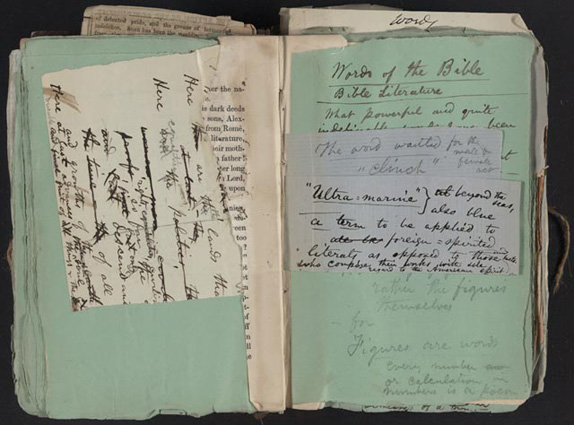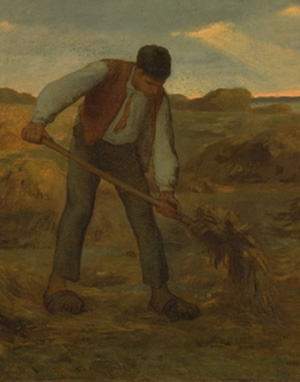Astronomers spotted a curiosity in deep space.
Using the powerful Very Large Telescope facility atop the high Chilean desert,Watch Disciple of Deokjin Yuk Online scientists captured an image of a star system, which you can see below. This system, called HIP 81208, has a massive central star, which is orbited by another star called a brown dwarf (a much smaller "failed star"). What's more, yet another small star orbits much farther away, and researchers have just identified "a never-before-seen hidden gem" circling it. The object is a planet some 15 times the mass of Jupiter, and it's a mouthful: "HIP 81208 Cb."
"The discovery of Cb means that HIP 81208 is a uniquely intriguing system with two stars and two smaller bodies orbiting each one — in other words, a hierarchical quadruple system," the European Southern Observatory, a collaborative science organization of European nations, explained. "The mass of the newly found Cb object places it right at the border between planets and brown dwarfs — failed stars that are not massive and hot enough to fuse hydrogen into helium."
In the image below, "A" is the massive central star, which is orbited by the brown dwarf, "B." On the outskirts of this system is the star "C," along with the newly-found exoplanet (a planet that exists beyond our solar system), "Cb."
 The distant solar system HIP 81208 as captured by the Very Large Telescope in Chile. Credit: ESO / A. Chomez et al.
The distant solar system HIP 81208 as captured by the Very Large Telescope in Chile. Credit: ESO / A. Chomez et al. This Tweet is currently unavailable. It might be loading or has been removed.
Want more scienceand tech news delivered straight to your inbox? Sign up for Mashable's Light Speed newslettertoday.
Often, exoplanets are so distant, relatively small, and hard to see that astronomers don't capture actual images of them. Astronomers usually rely on techniques like the transit-method, wherein a far-off world passes in front of its star, resulting in temporarily diminished starlight.
But the Very Large Telescope observatory, containing telescopes with mirrors nearly 27 feet across, can capture direct, through low-resolution, images.
Beyond Earth, humanity's most powerful space observatory, the James Webb Space Telescope (operated by NASA and other space agencies) spends about a quarter of its time looking into the atmospheres of distant exoplanets, providing unprecedented insights into these distant worlds. Some are searing hot, inhospitable places. But some might be water worlds, perhaps harboring conditions that could allow alien life to flourish — though there's still zero evidence any life dwells beyond our planet.
(Editor: {typename type="name"/})
 Boston Celtics vs. Dallas Mavericks 2025 livestream: Watch NBA online
Boston Celtics vs. Dallas Mavericks 2025 livestream: Watch NBA online
 Tesla says Juneteenth is a holiday, but Elon Musk clarifies the catch
Tesla says Juneteenth is a holiday, but Elon Musk clarifies the catch
 On Not Letting Go by Caleb Crain
On Not Letting Go by Caleb Crain
 Tesla says Juneteenth is a holiday, but Elon Musk clarifies the catch
Tesla says Juneteenth is a holiday, but Elon Musk clarifies the catch
Elusive Epigraphs; Travel Books by Lorin Stein
 Elusive Epigraphs; Travel BooksBy Lorin SteinSeptember 2, 2011Ask The Paris ReviewDear Mr. Stein, Ma
...[Details]
Elusive Epigraphs; Travel BooksBy Lorin SteinSeptember 2, 2011Ask The Paris ReviewDear Mr. Stein, Ma
...[Details]
Tesla says Juneteenth is a holiday, but Elon Musk clarifies the catch
 Juneteenth is a holiday at Tesla and SpaceX now, but it's not that simple. Elon Musk announced the c
...[Details]
Juneteenth is a holiday at Tesla and SpaceX now, but it's not that simple. Elon Musk announced the c
...[Details]
Beyoncé's releases new song, website for Black creators on Juneteenth
 Beyoncé lined up twin surprises for Juneteenth: a song release, and a website bearing a simil
...[Details]
Beyoncé lined up twin surprises for Juneteenth: a song release, and a website bearing a simil
...[Details]
Getting Started with Gmail Keyboard Shortcuts
Posters from the Paris Protests, 1968 by Atelier Populaire
 Posters from the Paris Protests, 1968By Atelier PopulaireOctober 6, 2011LookTwo hundred posters from
...[Details]
Posters from the Paris Protests, 1968By Atelier PopulaireOctober 6, 2011LookTwo hundred posters from
...[Details]
Trump's campaign won't admit it, but they got trolled hard in Tulsa
 Donald Trump and his campaign expected gigantic crowds at his latest rally in Tulsa, Okla., so much
...[Details]
Donald Trump and his campaign expected gigantic crowds at his latest rally in Tulsa, Okla., so much
...[Details]
Is Bluesky the one? A Twitter alternative takes off.
 A centrist political pundit being ratioedthe moment he arrives. Discoursethat would have people who
...[Details]
A centrist political pundit being ratioedthe moment he arrives. Discoursethat would have people who
...[Details]
Best Apple Pencil Pro deal: Save $30 at Best Buy
 SAVE $30:As of Jan. 17, the Apple Pencil Pro is discounted to $99 at Best Buy. This is $30 off its l
...[Details]
SAVE $30:As of Jan. 17, the Apple Pencil Pro is discounted to $99 at Best Buy. This is $30 off its l
...[Details]
Night Shifts; Manufacturing Arrows by Chris Flynn
 Night Shifts; Manufacturing ArrowsBy Chris FlynnSeptember 27, 2011Odd JobsJean-Francois Millet, Peas
...[Details]
Night Shifts; Manufacturing ArrowsBy Chris FlynnSeptember 27, 2011Odd JobsJean-Francois Millet, Peas
...[Details]
Lions vs. Commanders 2025 livestream: Watch NFL Playoffs for free

Fake Paintings; Perfume Tester by Chris Flynn

接受PR>=1、BR>=1,流量相当,内容相关类链接。